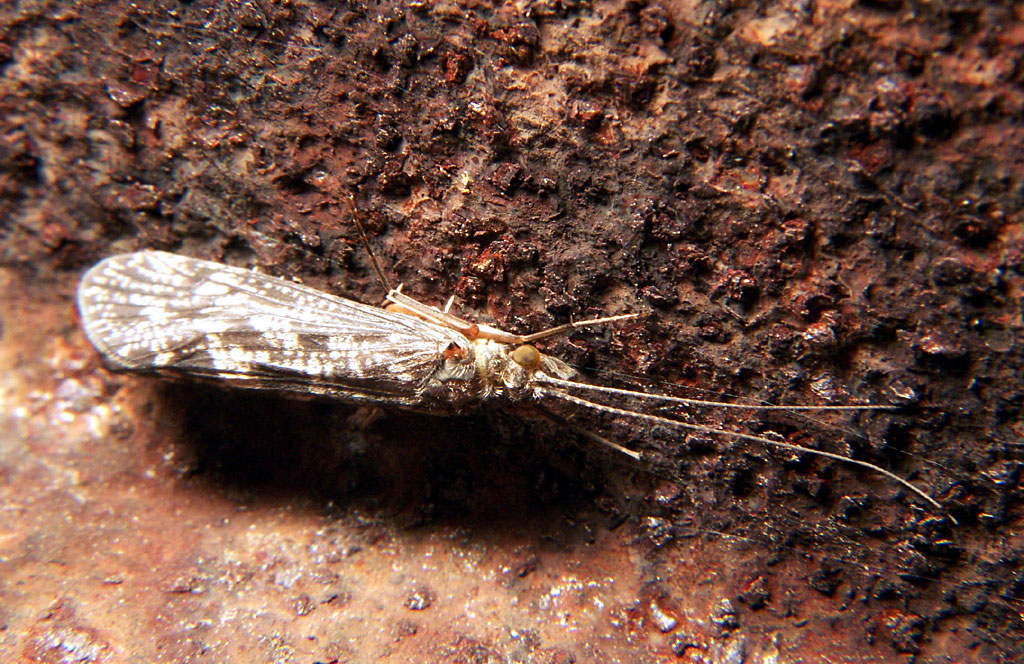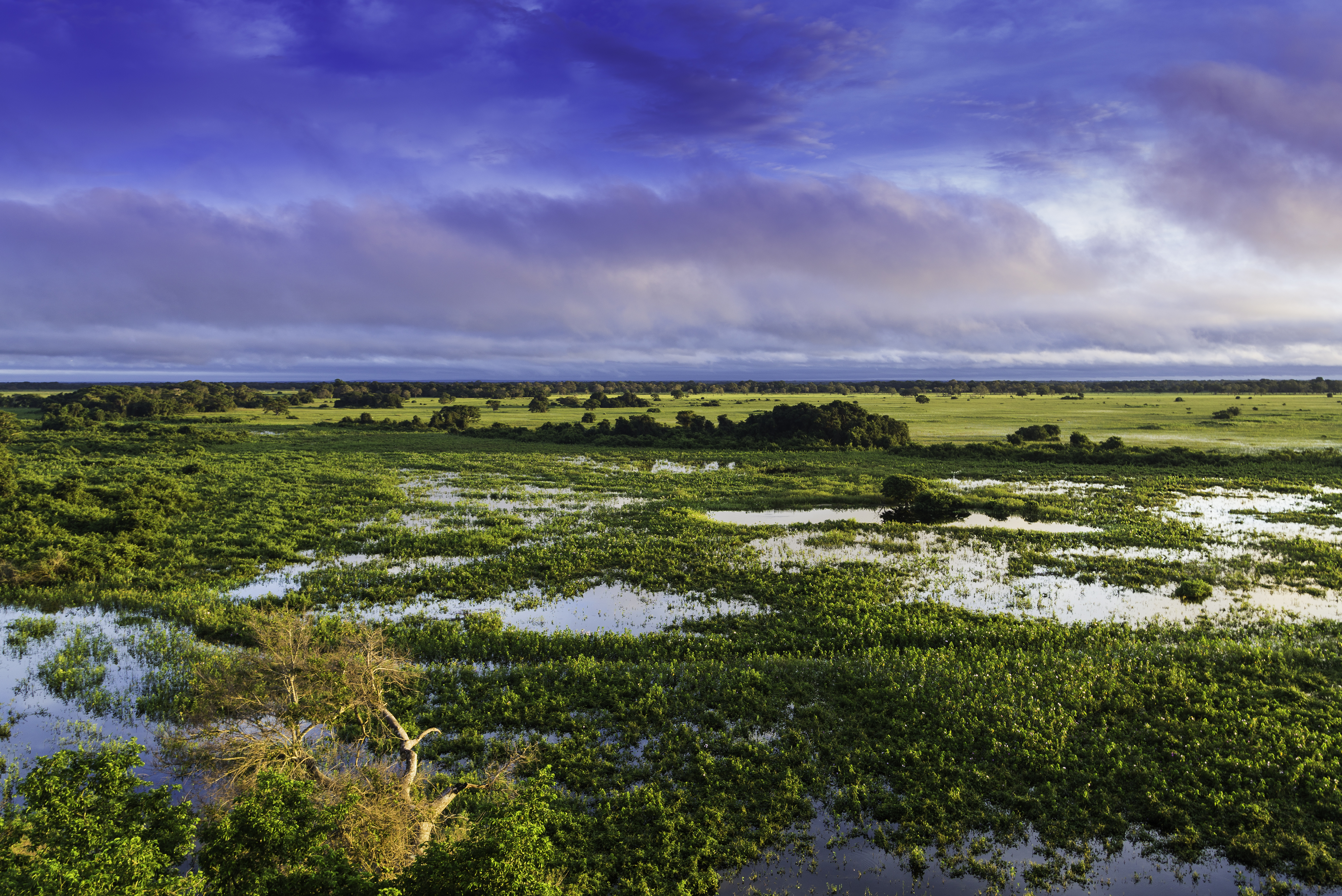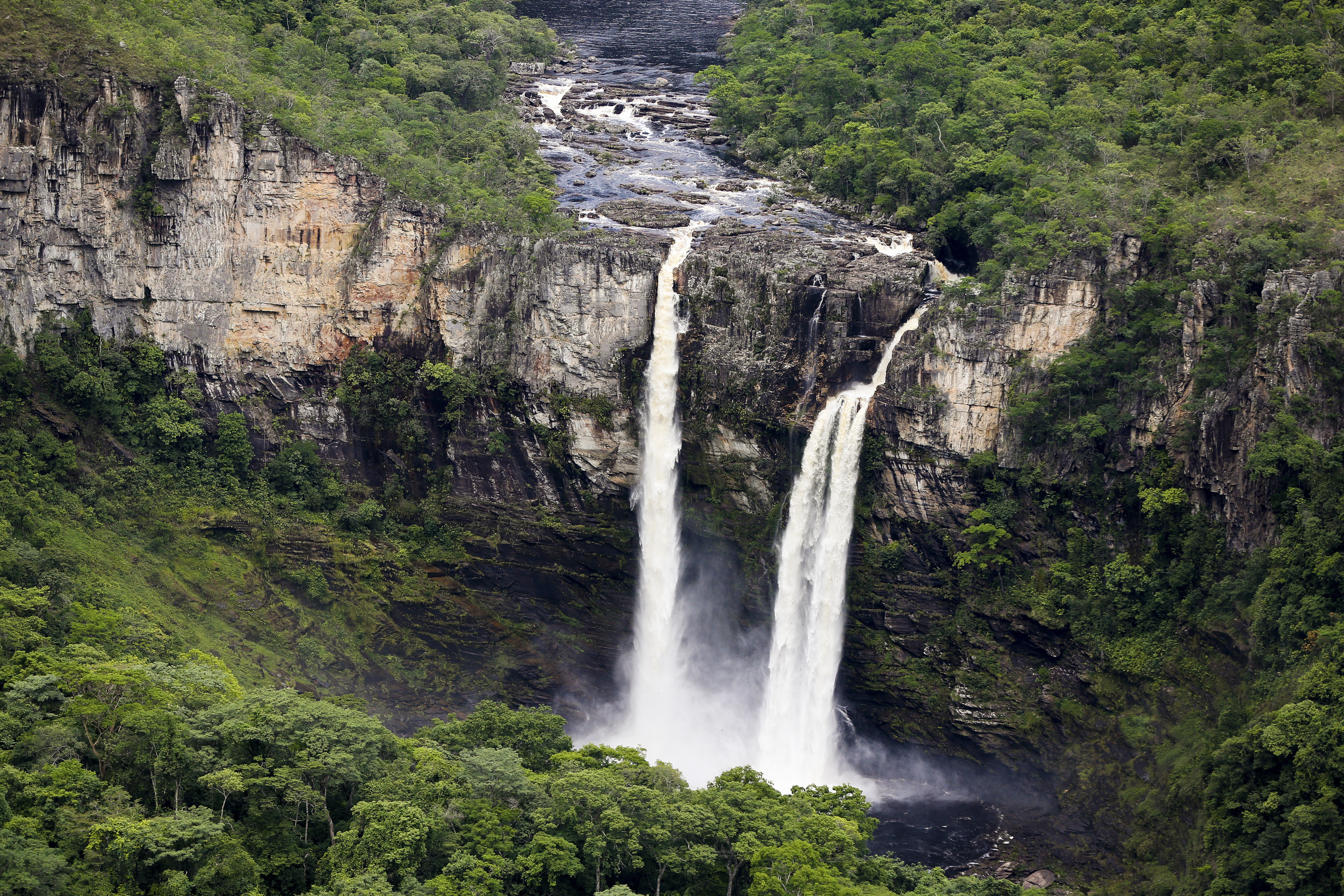|
Monica Cole
Monica Mary Cole (5 May 1922 – 8 January 1994) was an English geographer and lecturer. She was appointed geography lecturer at the University of Cape Town in 1947 before joining the staff of the University of the Witwatersrand's Department of Geography the following year. Cole became a senior lecturer at Keele University in 1951 and was appointed Chair of Geography at her alma mater Bedford College, London in 1964. She resigned her position in 1975 and was made Director of Research in Geobotany, Terrain Analysis, and Related Resource Use, which she held until her retirement in 1987. Cole was awarded the Royal Geographical Society's Murchison Award in 1987. Following her death, the society established a research travel grant in her name, from funding left to it by her. Early life Cole was born to the bank clerk William Henry Parnall Cole and his wife Dorothy Mary Thomas on 5 May 1922, in Clapham Common, London. She was the oldest daughter in the family and attended Wimbledon Count ... [...More Info...] [...Related Items...] OR: [Wikipedia] [Google] [Baidu] |
Clapham Common
Clapham Common is a large triangular urban park in Clapham, south London, England. Originally common land for the parishes of Battersea and Clapham, it was converted to parkland under the terms of the Metropolitan Commons Act 1878. It is of green space, with three ponds and a Victorian bandstand. It is overlooked by large Georgian and Victorian mansions and nearby Clapham Old Town. Holy Trinity Clapham, an 18th-century Georgian church overlooking the park, is important in the history of the evangelical Clapham Sect. Half of the park is within the London Borough of Wandsworth, and the other half is within the London Borough of Lambeth. History Originally common land for the parishes of Battersea and Clapham, William Hewer was among the early Londoners to build adjacent to it. Samuel Pepys, the diarist, died at Hewer's house in 1703. The land had been used for cricket in 1700 and was drained in the 1760s, and from the 1790s onwards fine houses were built around the co ... [...More Info...] [...Related Items...] OR: [Wikipedia] [Google] [Baidu] |
Johannesburg
Johannesburg ( , , ; Zulu language, Zulu and xh, eGoli ), colloquially known as Jozi, Joburg, or "The City of Gold", is the largest city in South Africa, classified as a Megacity#List of megacities, megacity, and is List of urban areas by population, one of the 100 largest urban areas in the world. According to Demographia, the Johannesburg–Pretoria urban area (combined because of strong transport links that make commuting feasible) is the 26th-largest in the world in terms of population, with 14,167,000 inhabitants. It is the provinces of South Africa, provincial capital and largest city of Gauteng, which is the wealthiest province in South Africa. Johannesburg is the seat of the Constitutional Court of South Africa, Constitutional Court, the highest court in South Africa. Most of the major South African companies and banks have their head offices in Johannesburg. The city is located in the mineral-rich Witwatersrand range of hills and is the centre of large-scale gold and ... [...More Info...] [...Related Items...] OR: [Wikipedia] [Google] [Baidu] |
Bioindicator
A bioindicator is any species (an indicator species) or group of species whose function, population, or status can reveal the qualitative status of the environment. The most common indicator species are animals. For example, copepods and other small water crustaceans that are present in many water bodies can be monitored for changes (biochemical, physiological, or behavioural) that may indicate a problem within their ecosystem. Bioindicators can tell us about the cumulative effects of different pollutants in the ecosystem and about how long a problem may have been present, which physical and chemical testing cannot. A biological monitor or biomonitor is an organism that provides quantitative information on the quality of the environment around it. Therefore, a good biomonitor will indicate the presence of the pollutant and can also be used in an attempt to provide additional information about the amount and intensity of the exposure. A biological indicator is also the name give ... [...More Info...] [...Related Items...] OR: [Wikipedia] [Google] [Baidu] |
Bulman, Northern Territory
Bulman is a town in the Northern Territory of Australia. It is 400km (by air) from Darwin. Along with the Aboriginal community of Weemol, away, Bulman is considered a closed community meaning all visitors require a permit from the Northern Land Council to transit or visit the town. The combined population of Bulman and Weemol at the 2011 census was 291 and is one of few significant settlements on the Central Arnhem Road between Katherine and Nhulunbuy. Facilities in the town include a school, health clinic, police station and an all weather airstrip. Languages spoken in Bulman include Kriol, English and Rembarrnga. Bulman is extremely isolated and during the wet season all access can be cut off, such as following Tropical Cyclone Paul in 2010, with the community having received 443 millimetres of rain in a 24-hour period, closing all roads out of town and the airport. Notable residents Actor Chris Hemsworth, who was born in Melbourne, Victoria, Australia, lived both ... [...More Info...] [...Related Items...] OR: [Wikipedia] [Google] [Baidu] |
Queensland
) , nickname = Sunshine State , image_map = Queensland in Australia.svg , map_caption = Location of Queensland in Australia , subdivision_type = Country , subdivision_name = Australia , established_title = Before federation , established_date = Colony of Queensland , established_title2 = Separation from New South Wales , established_date2 = 6 June 1859 , established_title3 = Federation of Australia, Federation , established_date3 = 1 January 1901 , named_for = Queen Victoria , demonym = , capital = Brisbane , largest_city = capital , coordinates = , admin_center_type = Administration , admin_center = Local government areas of Queensland, 77 local government areas , leader_title1 = Monarchy of Australia, Monarch , leader_name1 = Charles III , leader_title2 = Governor of Queensland, Governor , leader_name2 = Jeannette Young , leader_title3 = Premier of Queensland, Premier , leader_name3 = Annastacia Palaszczuk (Australian Labor Party (Queensland Branch), AL ... [...More Info...] [...Related Items...] OR: [Wikipedia] [Google] [Baidu] |
Pantanal
The Pantanal () is a natural region encompassing the world's largest tropical wetland area, and the world's largest flooded grasslands. It is located mostly within the Brazilian state of Mato Grosso do Sul, but it extends into Mato Grosso and portions of Bolivia and Paraguay. It sprawls over an area estimated at between . Various subregional ecosystems exist, each with distinct hydrological, geological and ecological characteristics; up to 12 of them have been defined.Susan Mcgrath, photos by Joel Sartore, ''Brazil's Wild Wet'', National Geographic Magazine, August 2005 Roughly 80% of the Pantanal floodplains are submerged during the rainy seasons, nurturing a biologically diverse collection of aquatic plants and helping to support a dense array of animal species. Etymology The name "Pantanal" comes from the Portuguese word ''pântano'' that means "big wetland", "big bog", "big swamp", "big quagmire" or "big marsh" plus the suffix ''-al'', that means "abundance, agglomera ... [...More Info...] [...Related Items...] OR: [Wikipedia] [Google] [Baidu] |
Caatinga
Caatinga (, ) is a type of semi-arid tropical vegetation, and an ecoregion characterized by this vegetation in interior northeastern Brazil. The name "Caatinga" is a Tupi word meaning "white forest" or "white vegetation" (''caa'' = forest, vegetation, ''tinga'' = white). The Caatinga is a xeric shrubland and thorn forest, which consists primarily of small, thorny trees that shed their leaves seasonally. Cacti, thick-stemmed plants, thorny brush, and arid-adapted grasses make up the ground layer. Most vegetation experiences a brief burst of activity during the three-month long rainy season. Caatinga falls entirely within earth's tropical zone and is one of 6 major ecoregions of Brazil. It covers 850,000 km², nearly 10% of Brazil's territory. It is home to 26 million people and over 2000 species of plants, fish, reptiles, amphibians, birds, and mammals. The Caatinga is the only exclusively Brazilian biome, which means that a large part of its biological heritage cann ... [...More Info...] [...Related Items...] OR: [Wikipedia] [Google] [Baidu] |
Cerrado
The ''Cerrado'' (, ) is a vast ecoregion of tropical savanna in eastern Brazil, particularly in the states of Goiás, Mato Grosso do Sul, Mato Grosso, Tocantins, Minas Gerais, and the Federal District. The core areas of the Cerrado biome are the Brazilian highlands – the ''Planalto''. The main habitat types of the Cerrado consist of forest savanna, wooded savanna, park savanna and gramineous-woody savanna. The ''Cerrado'' also includes savanna wetlands and gallery forests. The second largest of Brazil's major habitat types, after the Amazonian rainforest, the Cerrado accounts for a full 21 percent of the country's land area (extending marginally into Paraguay and Bolivia). The first detailed European account of the Brazilian cerrados was provided by Danish botanist Eugenius Warming (1892) in the book ''Lagoa Santa'', : The above is the original. There are other, later French and Portuguese translations not listed here. in which he describes the main features of th ... [...More Info...] [...Related Items...] OR: [Wikipedia] [Google] [Baidu] |
Federal Government Of Brazil
The Federal Government of Brazil (''Governo Federal'') is the national government of the Federative Republic of Brazil, a republic in South America divided in 26 states and a federal district. The Brazilian federal government is divided in three branches: the executive, which is headed by the President and the cabinet; the legislative, whose powers are vested by the Constitution in the National Congress; and the judiciary, whose powers are vested in the Supreme Federal Court and lower federal courts. The seat of the federal government is located in Brasília. Division of powers Brazil is a federal presidential constitutional republic, which is based on a representative democracy. The federal government has three independent branches: executive, legislative, and judicial. The Federal Constitution is the supreme law of Brazil. It is the foundation and source of the legal authority underlying the existence of Brazil and the federal government. It provides the framework for ... [...More Info...] [...Related Items...] OR: [Wikipedia] [Google] [Baidu] |
University Of Idaho
The University of Idaho (U of I, or UIdaho) is a public land-grant research university in Moscow, Idaho. It is the state's land-grant and primary research university,, and the lead university in the Idaho Space Grant Consortium. The University of Idaho was the state's sole university for 71 years, until 1963. Its College of Law, established in 1909, was first accredited by the American Bar Association in 1925. Formed by the Idaho Territory legislature on January 30, 1889, the university opened its doors in 1892 on October 3, with an initial class of 40 students. The first graduating class in 1896 contained two men and two women. It has an enrollment exceeding 12,000, with over 11,000 on the Moscow campus. The university offers 142 degree programs, from accountancy to wildlife resources, including bachelor's, master's, doctoral, and specialists' degrees, and accompanyinhonors programs Certificates of completion are offered in 30 areas of study. At 25% and 53%, its 4 and 6 ye ... [...More Info...] [...Related Items...] OR: [Wikipedia] [Google] [Baidu] |
Staffordshire
Staffordshire (; postal abbreviation Staffs.) is a landlocked county in the West Midlands region of England. It borders Cheshire to the northwest, Derbyshire and Leicestershire to the east, Warwickshire to the southeast, the West Midlands County and Worcestershire to the south and Shropshire to the west. The largest settlement in Staffordshire is Stoke-on-Trent, which is administered as an independent unitary authority, separately from the rest of the county. Lichfield is a cathedral city. Other major settlements include Stafford, Burton upon Trent, Cannock, Newcastle-under-Lyme, Rugeley, Leek, Staffordshire, Leek, and Tamworth, Staffordshire, Tamworth. Other towns include Stone, Staffordshire, Stone, Cheadle, Staffordshire, Cheadle, Uttoxeter, Hednesford, Brewood, Burntwood/Chasetown, Kidsgrove, Eccleshall, Biddulph and the large villages of Penkridge, Wombourne, Perton, Kinver, Codsall, Tutbury, Alrewas, Barton-under-Needwood, Shenstone, Staffordshire, Shenstone, Fe ... [...More Info...] [...Related Items...] OR: [Wikipedia] [Google] [Baidu] |
Red Brick University
A red brick university (or redbrick university) was originally one of the nine civic universities founded in the major industrial cities of England in the 19th century. However, with the 1960s proliferation of plate glass universities and the reclassification of polytechnics in the Further and Higher Education Act 1992 as post-1992 universities, all British universities founded in the late 19th and early 20th centuries in major cities are now sometimes referred to as "red brick". Six of the original redbrick institutions, or their predecessor institutes, gained university status before World War I and were initially established as civic science or engineering colleges. Eight of the nine original institutions are members of the Russell Group. Origins of the term and use The term ''red brick'' or ''redbrick'' was coined by Edgar Allison Peers, a professor of Spanish at the University of Liverpool, to describe the civic universities, while using the pseudonym "Bruce Trus ... [...More Info...] [...Related Items...] OR: [Wikipedia] [Google] [Baidu] |





.jpg)


